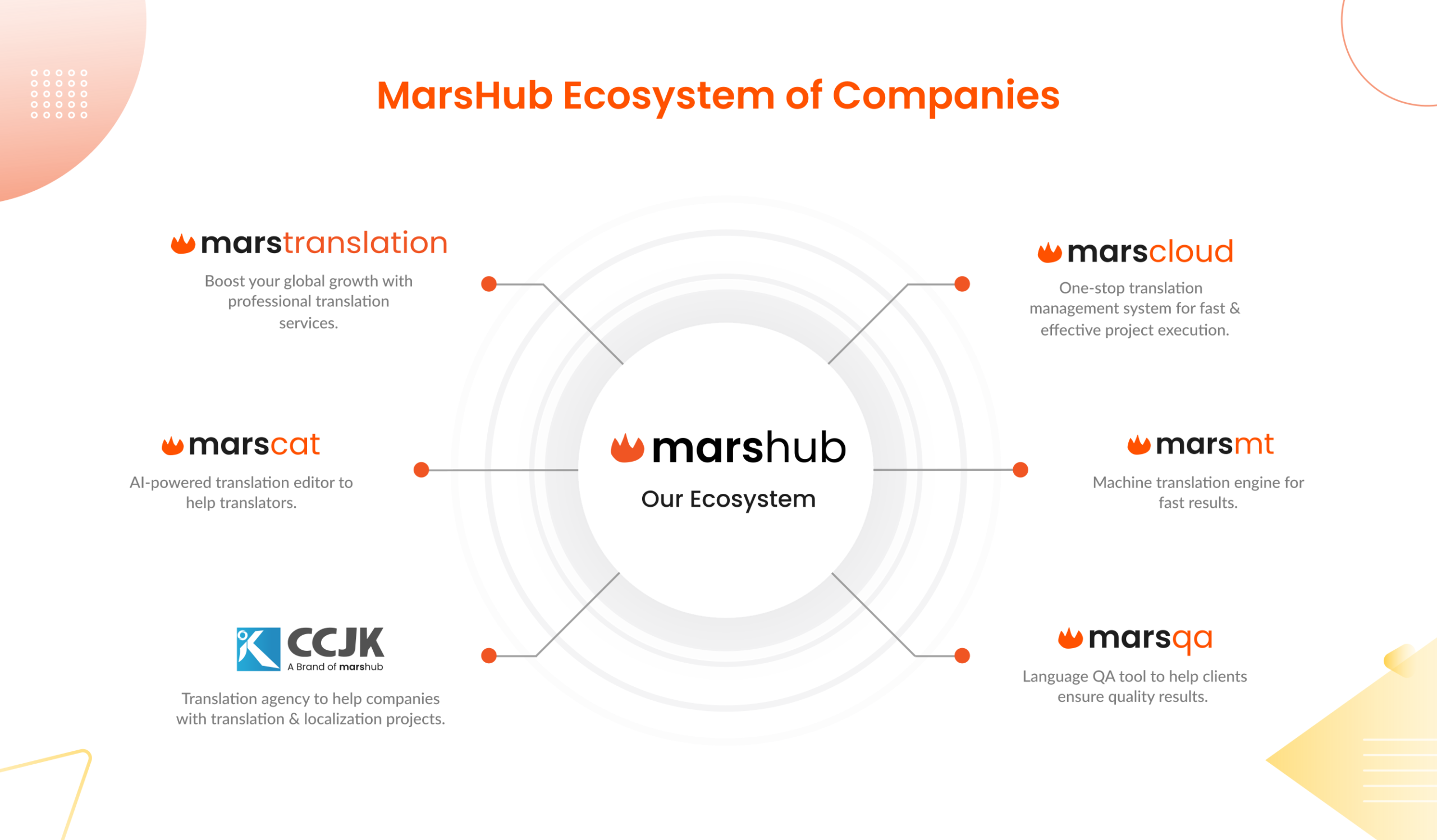Businesses have been doing brand translations for a long time, machine translation is comparatively a recent concept though. Before machine translation tools, human translations were the only hope for businesses to translate their content to take it into a foreign market. Over the past few years, the use of professional translation management systems (TMSs) is becoming common. It is indeed a more convenient and hassle-free way to manage your global brand translations. However, there are still many businesses that resist shifting from traditional translation management to automated translation management using TMSs. The question is, why?
There can be many reasons why some businesses resist innovation when it comes to optimizing their translation operations. We’ll be discussing some key details about the reasons that possibly make the business avoid changing its old translation management techniques.
Translation Management System – a Brief Introduction
A translation management system is a tool used to manage the day-to-day translation tasks including machine translations, workflow automation, quality assurance, file management, and localization team collaboration. Using a TMS would make your translation management operations hassle-free and easier. A business that is in the growing phase can accomplish desirable outcomes in the fastest turnaround time using a TMS. These systems allow you to generate automated translations quickly with minimal human intervention. These machine translations are afterward proofread and edited by professional human translators to improve their quality.
This way it makes your translation generation processes independent of humans. Moreover, you’ll have to hire fewer translators in the future to manage your translations.
Professional TMS tools also give you higher transparency in overall translation operations. You can track your translation project progress more conveniently, whenever you want. So, there are many ways you can optimize your translation tasks using a TMS.
Reasons Why Businesses Resist Using a TMS
Every business has its reasons for not using professional TMSs. Following are some of the most common reasons why a business would not incorporate a TMS to streamline its translation operations.
1. Poor Industrial Knowledge
Simply not having exposure to industrial innovations also causes businesses to be left behind in the adoption of technology. Most businesses don’t even know about the significance and uses of a TMS then how could they think about implementing it into their localization processes? So, market research is the first step to understanding what is going on in the industry, what are the trends, and what strategies competitors are implementing. It would help them stay relevant to the customers’ expectations. Businesses need to get out of their den and look around for innovation and new methods, this is the only way they can thrive in global markets.
2. Passive Management
Leadership plays a major role in how innovative a brand is. Some managers believe in repeating the same methods that they are familiar with. They don’t like to get out of their comfort zone, which also creates passive behavior in the team as well. Such managers usually have no idea what is going on in the market, which prevents them from innovating and evolving with time. This sort of management also hurts employees and they may face complications, role conflict, and excessive workload. Passive leadership is not just resilient to change but also causes psychological stress to employees that is not good for the brand in the long run.
3. Fear of Innovation
Fear of new tools and technology also prevents businesses from deciding to bring in a translation management system. They’re afraid that they might not be able to successfully implement the new technology. Moreover, the use of new technology also requires a certain level of training, which also hunts businesses because they have to undergo a complete process change. The whole management and employees get used to the traditional processes no matter how ineffective and slow they are. Innovation requires strong decisions making, efforts with a bit of risk, that’s why some companies are never able to innovate and stick to their traditional ways of doing things.
When it comes to translation management systems, it has a significant impact on your overall localization management process and requires change at every level of your localization project.
4. Lack of Time
To get familiar with new systems and technologies, you have to invest some time. Some businesses don’t innovate because they don’t want to spend time on innovation, all they care about is the working hours. Such companies hesitate to invest in employee training, which is essential to implementing new technology. For global businesses, it is important to bring in the latest technology even at a small scale, it will optimize your workflow and allow you to manage more work in less time. Clients and stakeholders indeed get used to doing things in a certain way, and it is not easy to make them switch to new systems.
5. Not Trusting the Technology
It is not always the fear of innovation that prevents a business from changing, many businesses keep relying on traditional processes because they don’t trust the latest technology. Many businesses think that TMS tools are not reliable enough and the translations generated by these systems are not as good as human translations. There is a whole debate about whether or not TMSs are about quality translations. They keep doubting the significance of technology which makes them left behind in the global landscape. It is true that not all TMSs are up to the mark, you have only bought a professional TMS from a reliable service provider.
6. Job Insecurities
You might have heard a lot of times that AI technology may replace humans in the future. Well, it does not seem to happen any time soon because humans are always required to operate and manage advanced AI machines. There is job insecurity that machine translation may replace humans forever, which is a matter of great concern for people working in the translation industry. In reality, TMSs are not in any way a threat to the professional translator’s job market because these systems intend to replace humans but to aid them in managing translations more appropriately.
7. Budget Issues
When it comes to localizing your brand for the foreign market, it will cost you a great deal of money as well. There is a common misconception that TMS will disturb your localization budget because it requires you to pay a certain fee every month. Yes, you have to pay for TMS but they are likely to cut down your localization cost by reducing your need for resources. For instance, you will need fewer translators to manage your day-to-day workload, which will significantly reduce your localization cost as you have to pay lower salaries at the end of each month. You can always choose your TMS package based on your unique localization requirements. Moreover, automation leads to efficiency and accuracy that reduce the need for excessive edits and the use of resources.
Final Words!
Reading this article, you can now better understand why some businesses don’t innovate and keep resisting the adoption of professional TMSs. There is a high need for global businesses to clear their doubts about translation systems to stay relevant to the customer’s needs and beat the competition globally.



